ECOLOGY ▪ EDUCATION ▪ ADVOCACY
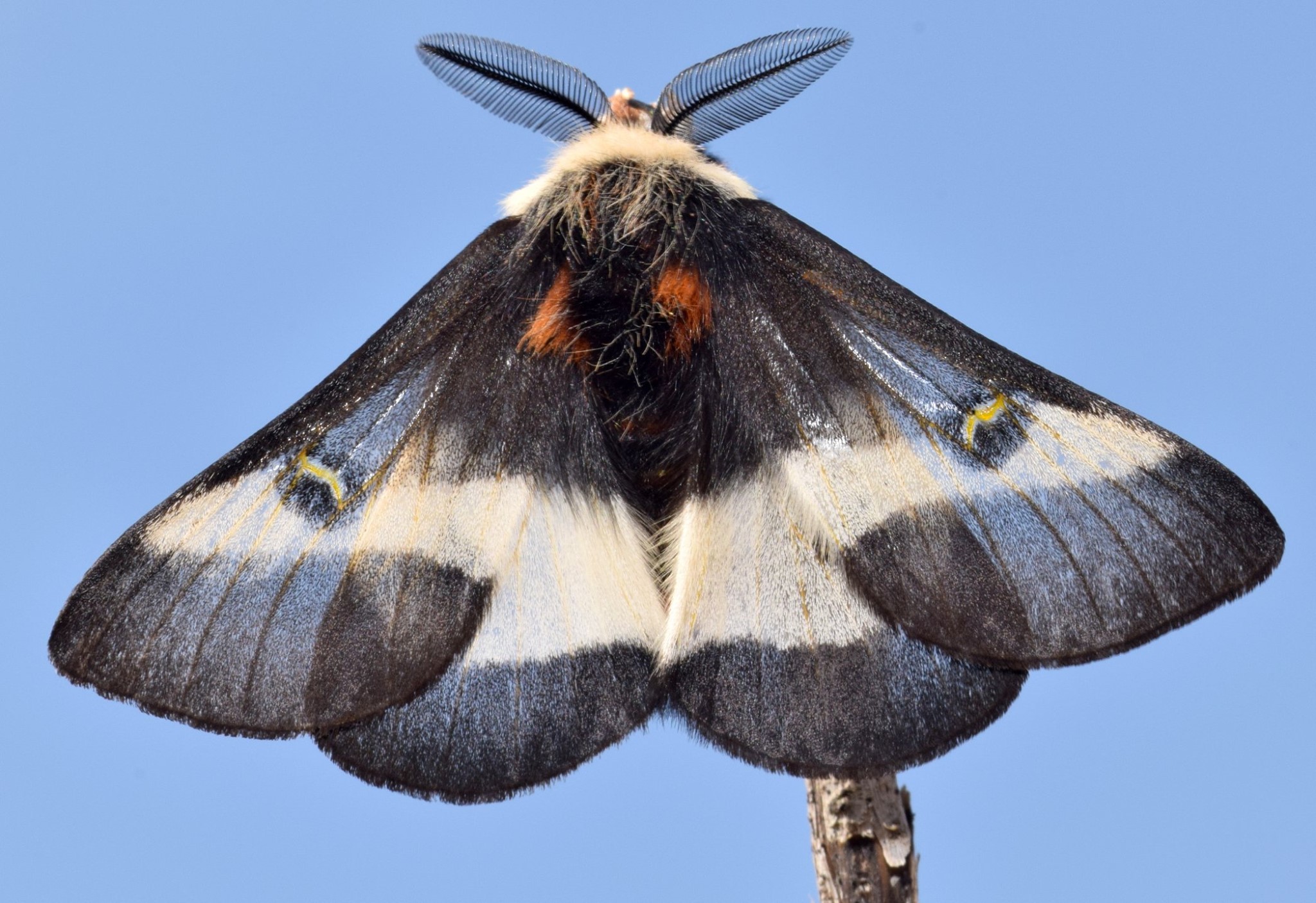
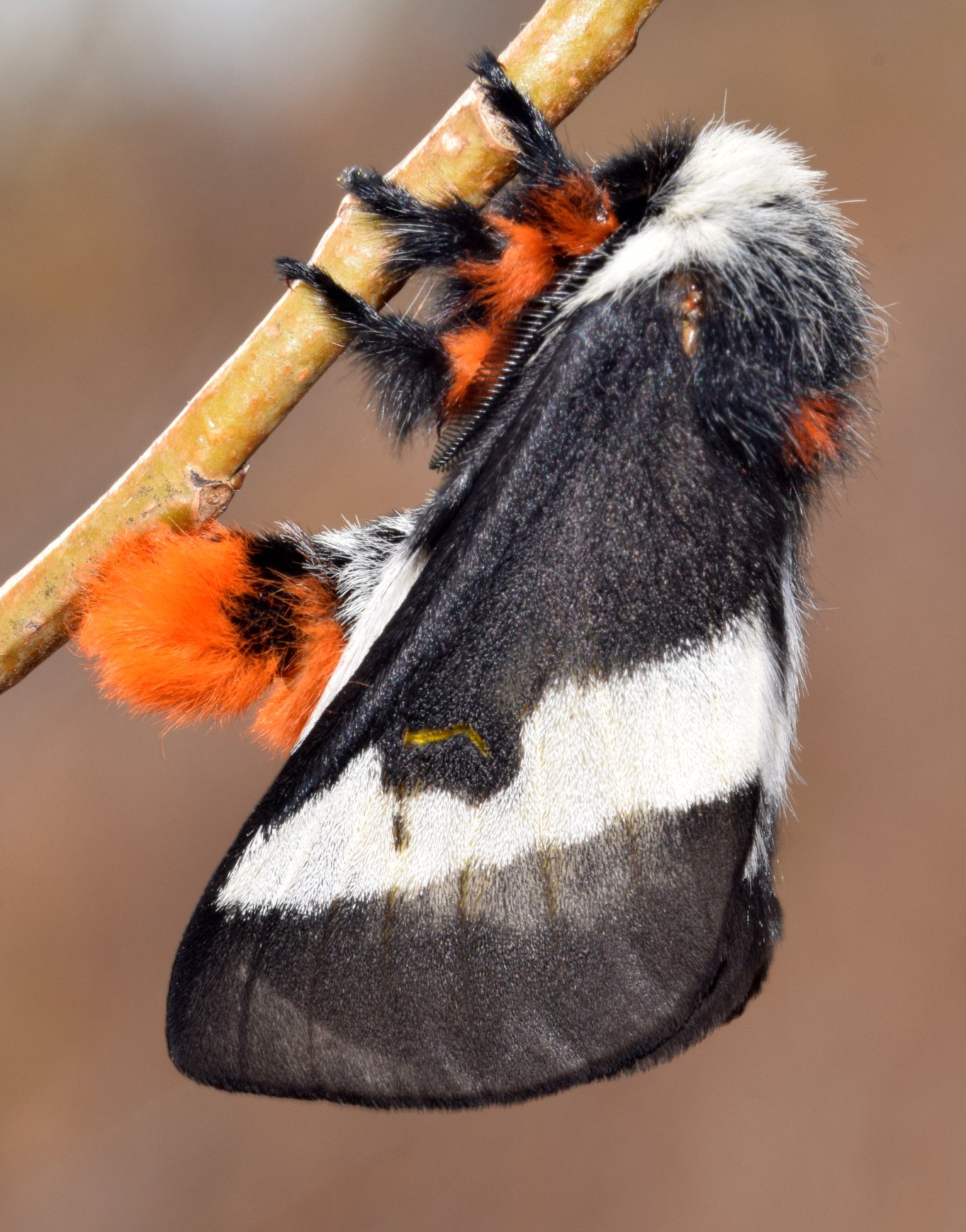
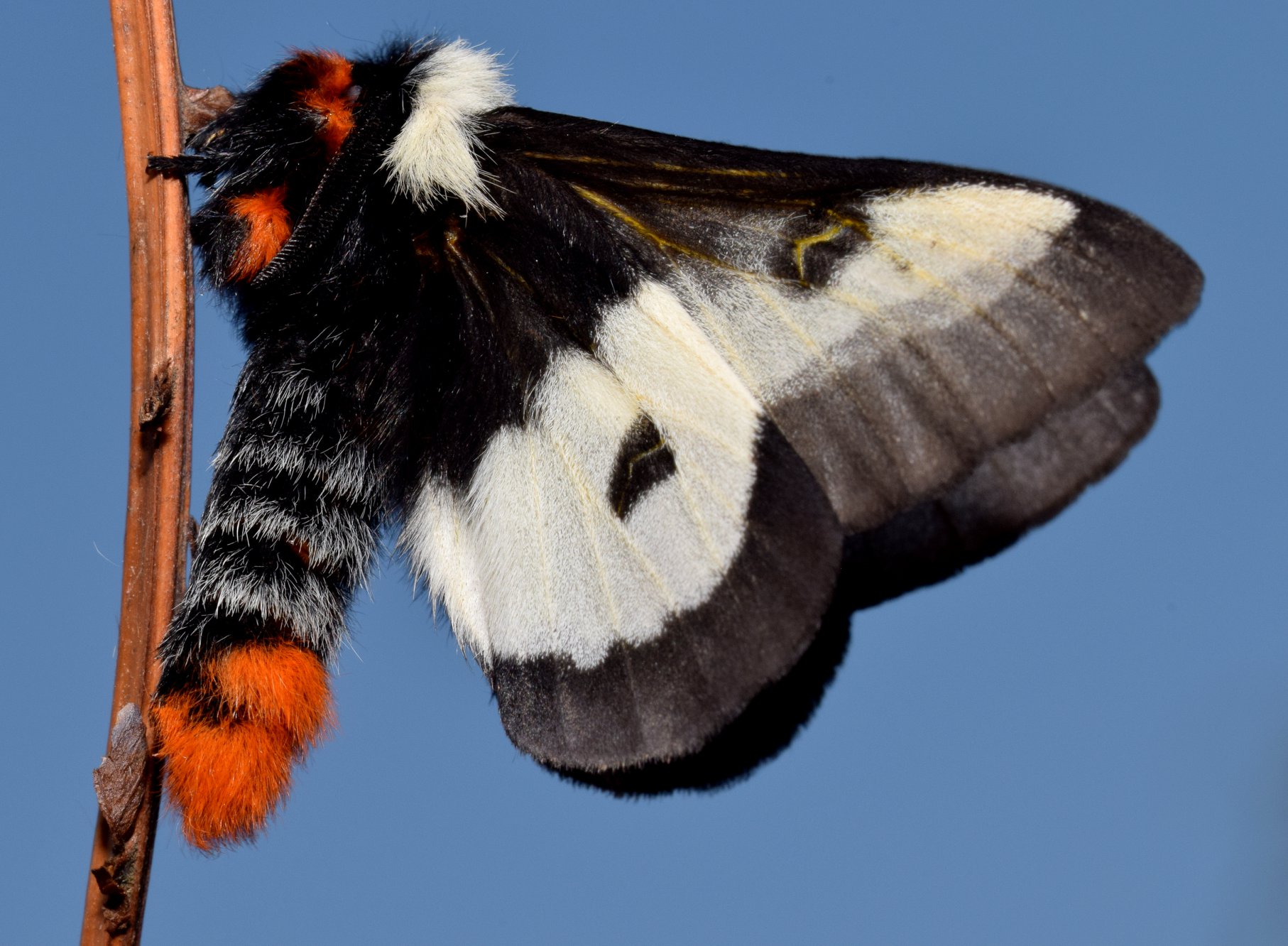
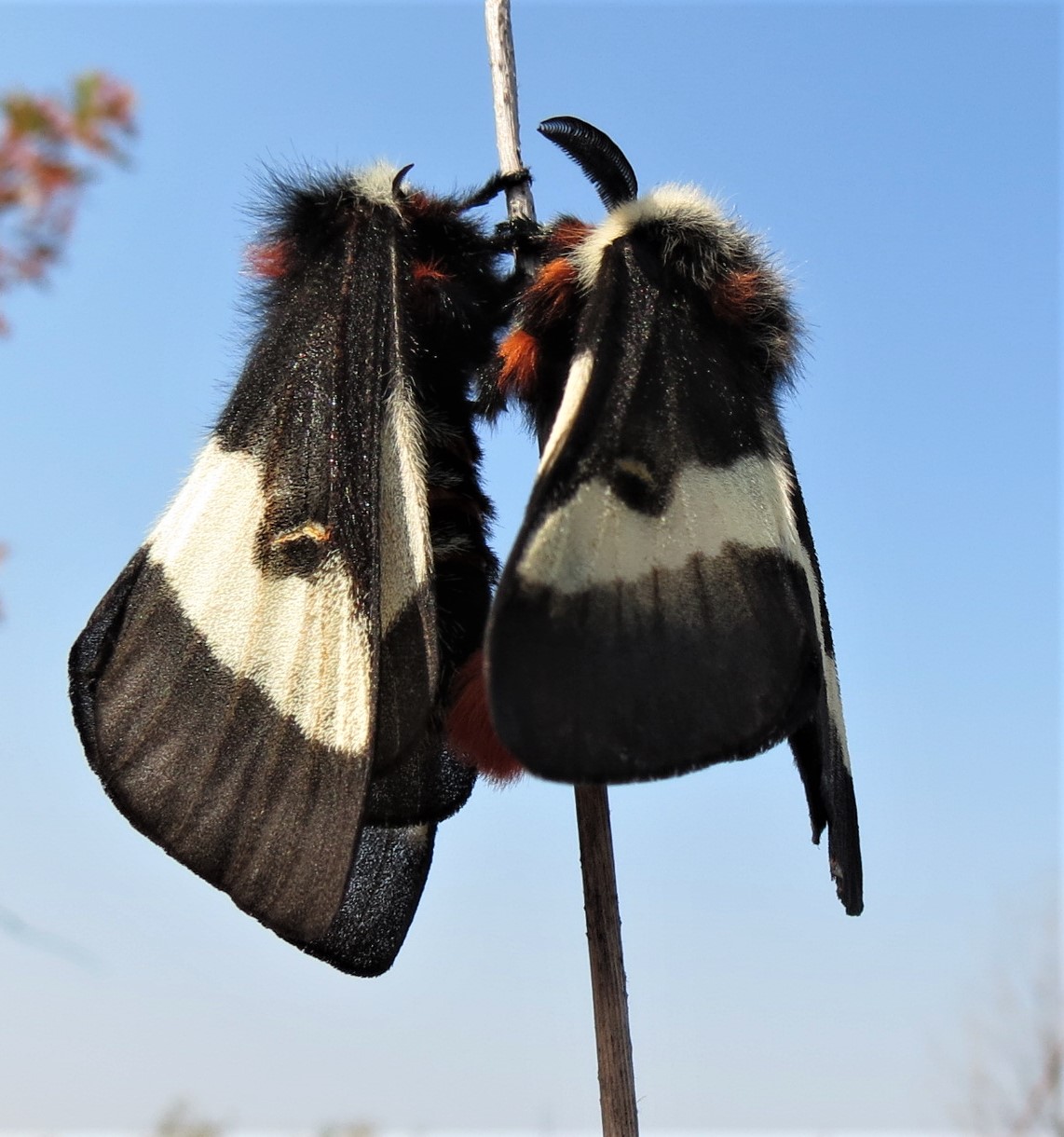
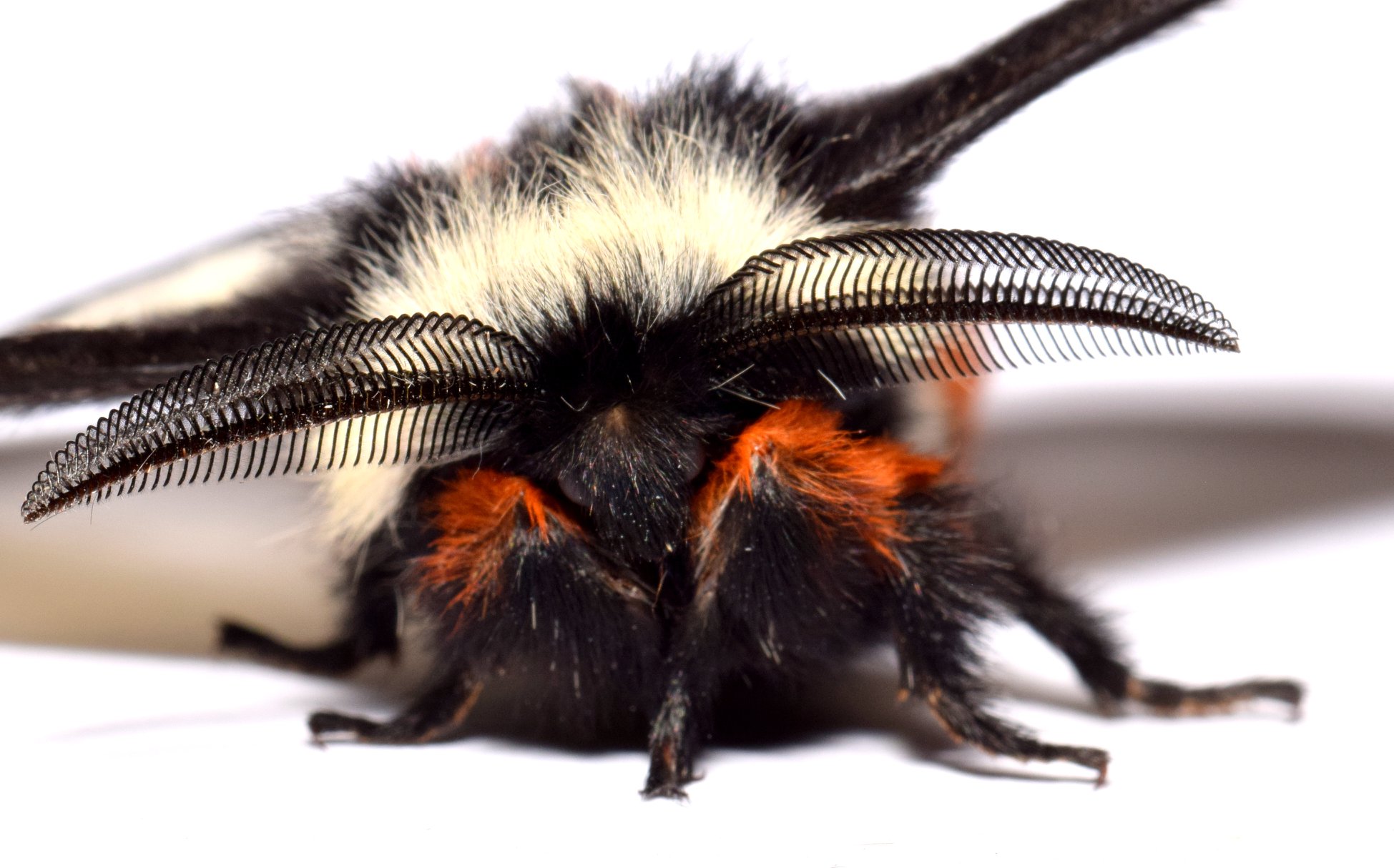
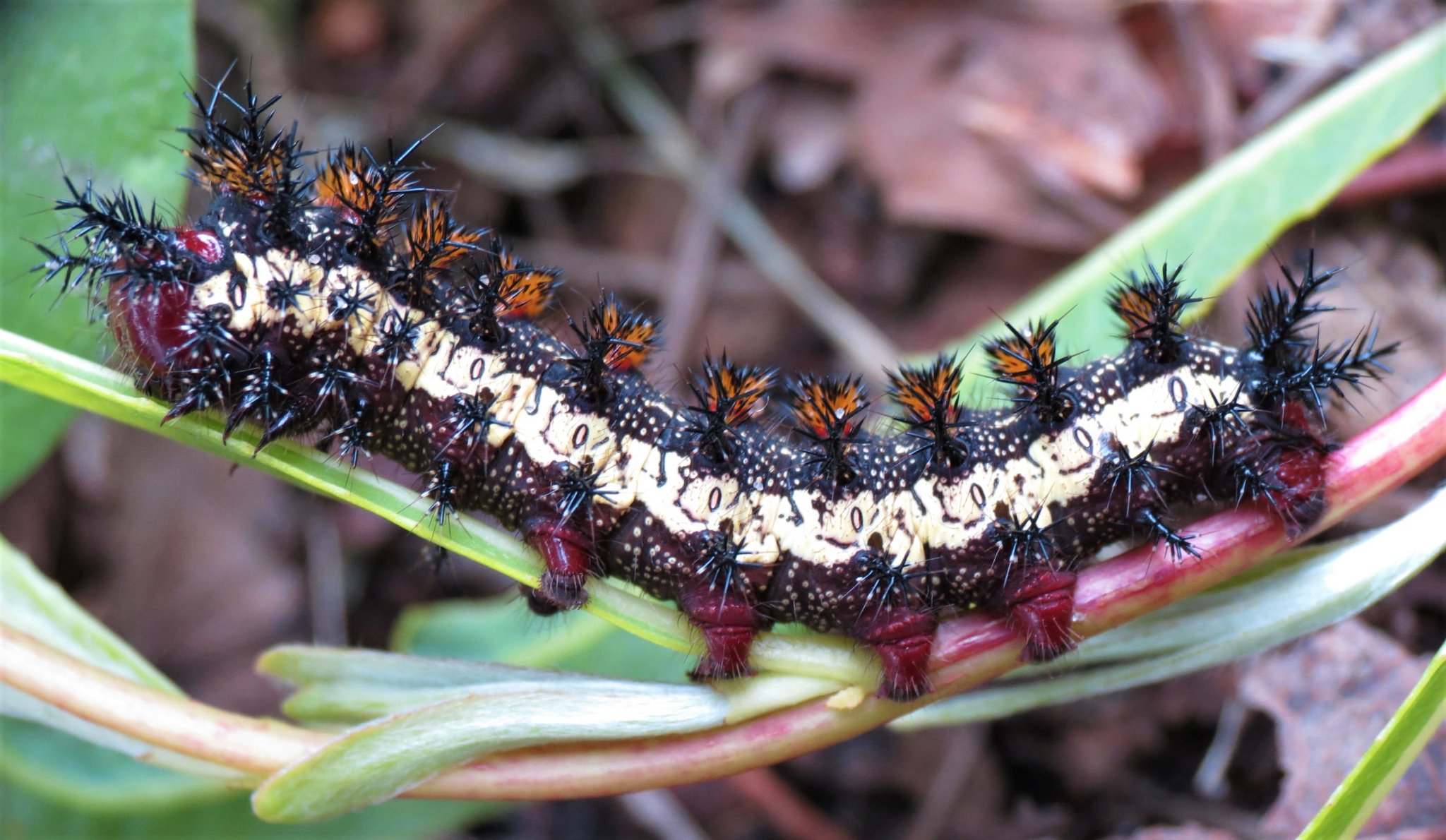
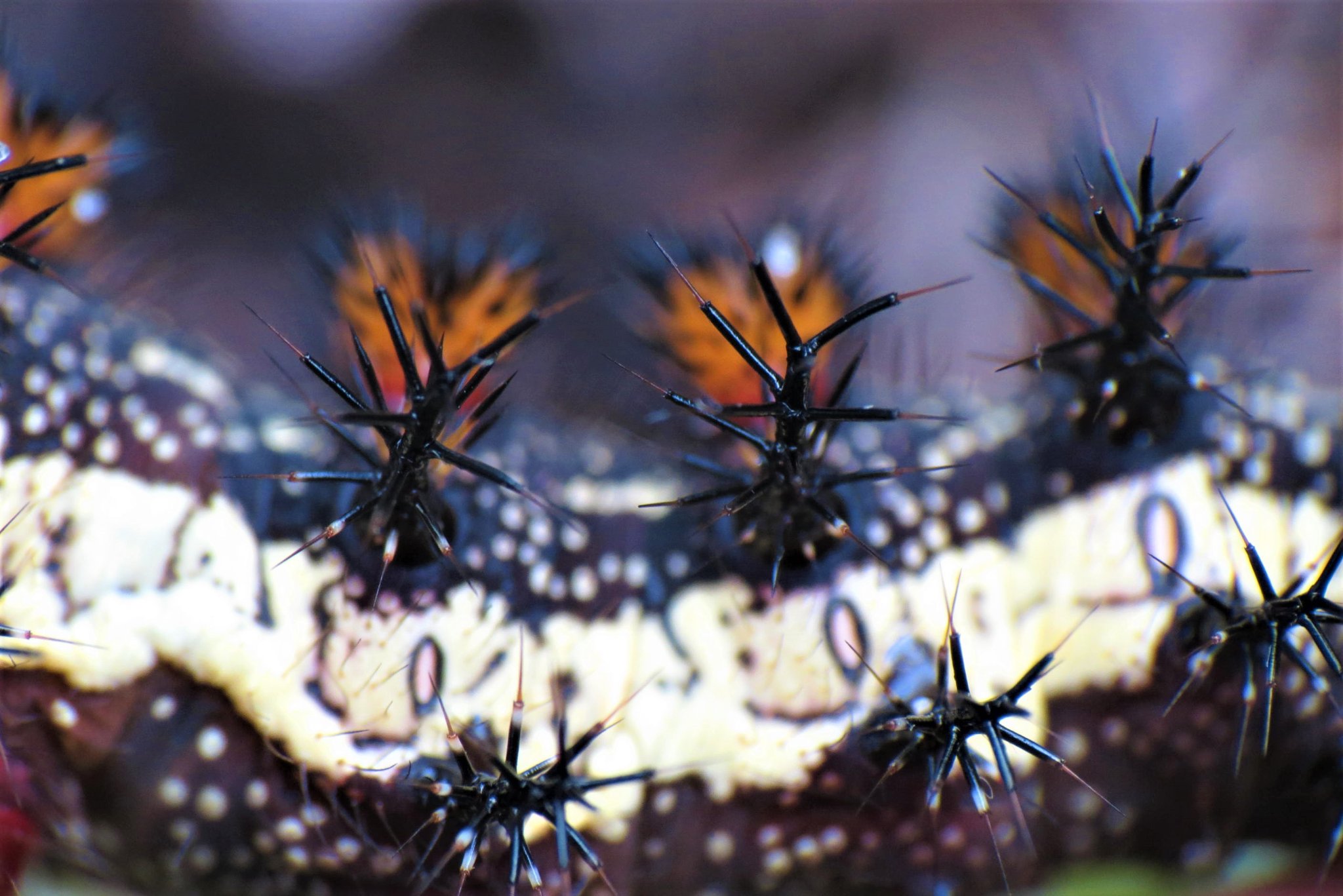
Hemileuca: Combines the Greek hemi for “half” with leuc for “white” — a reference to the wing patterning.
Nevadaensis: Of or from Nevada.
hem-ee-loo-kuh nuh-va-duh-en-sis







For decades, taxonomists have debated the placement of the so-called “Great Lakes Complex Buck Moths.” Presently, most experts consider them a regional variation of the Nevada buck moth (Hemileuca nevadaensis), which contains no valid subspecies. Therefore, the authors of this page have treated them as such. The following description pertains to the Great Lakes Complex of Hemileuca nevadaensis and not the species’ southwestern phenotype.

 2: Imperiled
2: Imperiled  3: Vulnerable
3: Vulnerable  4: Apparently secure
4: Apparently secure
Globally, NatureServe ranks Hemileuca nevadaensis as a “5” (secure). However, even though there are no official subspecies, many scientists recognize the “Great Lake Complex” as different enough to merit its own conservation ranking. The rankings on this page reflect those of the “Great Lakes Complex,” which NatureServe currently refers to as “Hemileuca nevadaensis ssp3.” (NatureServe 2021)
The primary larval food source of Hemileuca nevadaensis caterpillars are willows and other Salicaceae. Adults lack a digestive system, do not eat, and exist solely for reproduction.
| Known Larval Food Sources in Indiana | ||
| Family | Taxonomic Name | Common Name |
|---|---|---|
| Order: Salicales | ||
| Salicaceae | Populus spp. | poplars |
| Salix spp. | willows | |
The map, graph(s), and data below represent the Indiana sightings of Hemileuca nevadaensis as of 24 April 2025, confirmed through photographic evidence by individuals who contributed to the Great American IN Nature Lepidoptera Project (GAIN LP).
Counties recorded:
3 of 92
Top counties/#of records:
Newton: 28
Lake: 1
LaGrange: 1
 GAIN LP documented in county
GAIN LP documented in county
The images and records below were submitted by individuals through the Great American Indiana Nature Lepidoptera Project (GAIN LP).
NatureServe. 2021. Hemileuca nevadaensis ssp3. Explorer.natureserve.org. [accessed 2021 May 29]. https://explorer.natureserve.org/Taxon/ELEMENT_GLOBAL.2.721455/Hemileuca_nevadensis_ssp_3